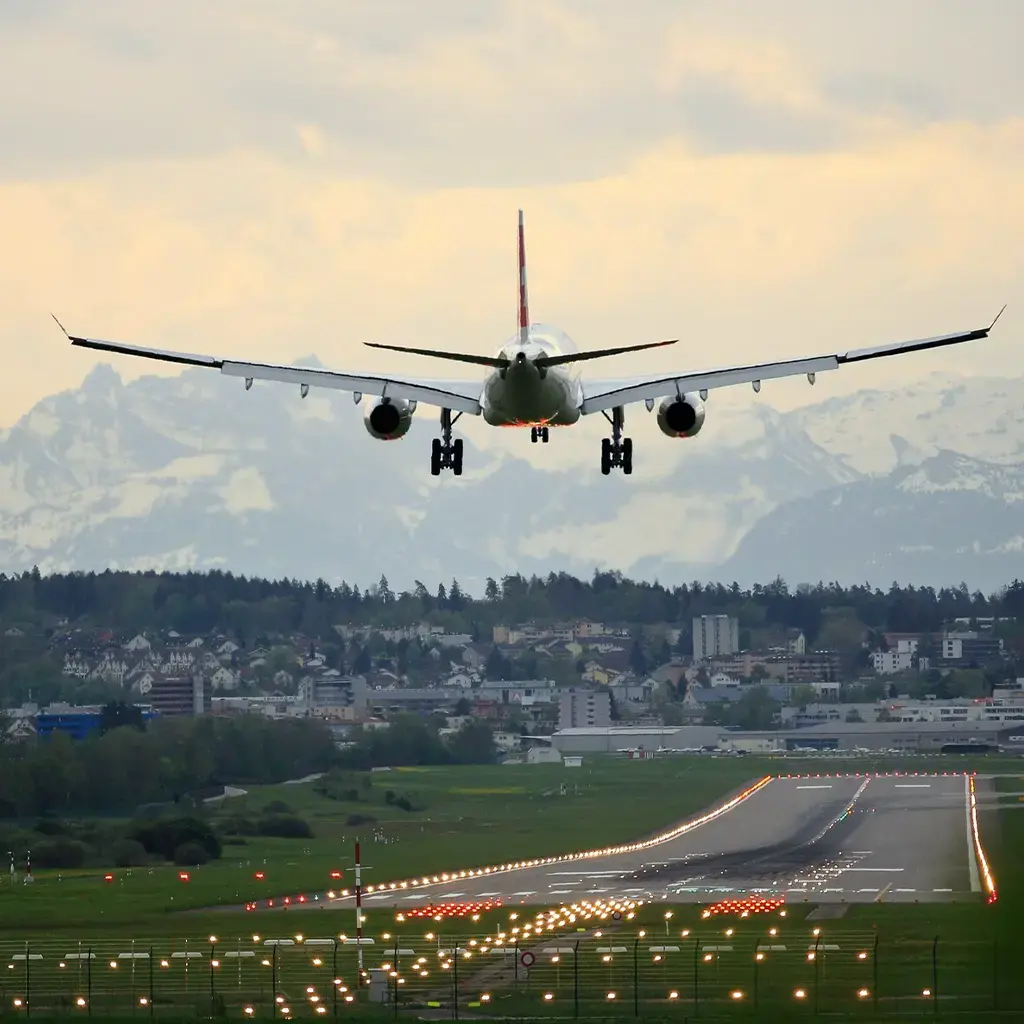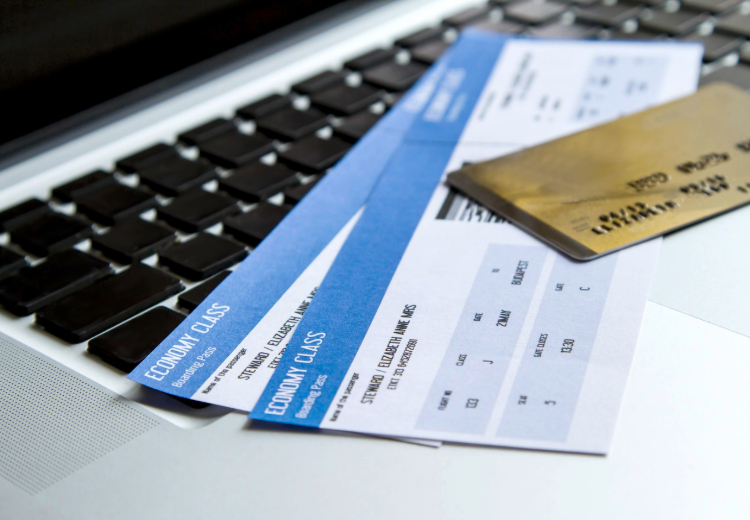From seat selection to checked baggage – the à la carte approach to ancillaries has taken off.
Low-cost carriers led the way by ‘unbundling’ the ticket price, offering passengers more flexibility than ever before to pick and choose their extras. Soon enough, other airlines followed suit, seeking ways to forge revenue stability from ancillaries and stand out in a competitive market.
As the industry finally returns to pre-pandemic levels, a new opportunity has emerged. Beyond unbundling the traditional ticket, airlines can now leverage digital tools to craft a marketplace experience for passengers, offering everything from baggage to car hire, accommodation and more. However, carriers are in no way limited to travel-related ancillaries; by offering anything from clothes to food, they can leverage their large customer bases to increase margins.
So, how can airlines make the most of this opportunity?
The rise of airline ancillary services
There’s no doubt that it’s been a challenging four years for airlines. However, amid the turbulence of post-pandemic recovery, ancillaries have continued to provide a resilient source of income.
In 2013, ancillaries accounted for only 6% of airline revenue, at $42.6 billion globally. In less than a decade, the figure soared to $102 billion in 2022, when it became a sizeable 15% share of total airline revenue. By the end of last year, ancillary revenue was set to reach a record-breaking $117.9 billion.
Some airlines now earn more from ancillaries than from ticket sales. This stable income guards airlines against a fluctuating market and allows them to continue offering passengers competitively low fares.
Personalisation: a driving force
This continuing boom is largely down to changes in traveller behaviour and the desire for a personalised experience.
Consider a parent booking their family holiday versus a solo business traveller – the needs of each customer are wildly different. Whether it’s baggage, parking needs, accommodation or seat selection, their needs vary from the moment they browse for a flight to when they return home.
The most successful airlines tap into these differences, creating as much opportunity for personalisation as possible. By offering low fares with plenty of optional extras, airlines let their customers craft their travel according to their budgets and needs. Some go further, leveraging customer data to offer personalised in-flight experiences.
It’s clear – personalisation is a winning ingredient, so airlines should now consider applying this same method to services beyond the flight experience. An incredible 93% of UK and US consumers want to book more services with their airlines, such as excursions and car rentals. Why? Passengers are looking for simplicity, with their booking information in one place and a single point of contact should they need it.
Marketplace business models are taking flight
The marketplace model is taking off. Early adopters such as Ryanair have already found success, offering passengers the option to book flights, car hire, accommodation and excursions all within a single booking platform. AirAsia, meanwhile, launched its super app in 2020: a one-stop shop for travel, accommodation, food delivery, retail and more. The app reached a staggering 17 million average monthly active users by the end of last year.
Moving beyond their traditional boundaries, these airlines can provide customers with a single place to book all their travel needs. They can offer customers personalised recommendations, while also maximising revenue from ancillaries and commission from third-party service providers.
However, the marketplace model also brings another key benefit – a trove of valuable customer data. With more knowledge about their customers, carriers can craft better customer experiences, make more data-informed decisions and drive development to satisfy passengers.
New models require strong foundations
Establishing an effective marketplace might sound like a challenge, but not embracing this opportunity could mean losing out to competitors who do adopt this trend.
Before they can tap into the opportunity, airlines must master some crucial areas:
- A scalable and global payment model: Many carriers rely on a web of connected platforms that make managing and scaling new payment methods increasingly difficult. Identifying and implementing a payment orchestration platform (POP) could be the answer.
- Regional compliance: With a marketplace model, airlines will collect and transfer money on behalf of other organisations, which isn’t possible without complying with regional regulations.
- Infrastructure capability: It’s also crucial that your platform’s back-end infrastructure allows you to charge for services and generate revenue. Then, you need the capability to send that money to third-party service providers.
It’s a seemingly complex task, but the solution lies in simplifying payments. By streamlining the back-end payments journey, airlines can open the door to new revenue streams, including the marketplace opportunity. We’ve got all the details in our whitepaper on how you can simplify airline payments to unlock hidden revenue.



